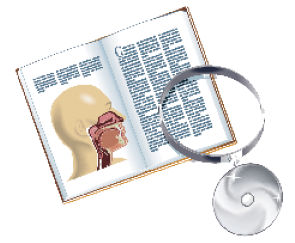Do the low weight, high rigidity and delicately engineered design of titanium prosthesis lead to superior hearing results?


Do the low weight, high rigidity and delicately engineered design of titanium prosthesis lead to superior hearing results?

Polysomnography (PSG) has been recommended by the American Academy of Pediatrics as the gold standard for the diagnosis of obstructive sleep apnea (OSA) versus mild sleep disordered breathing (SDB) prior to tonsillectomy and adenoidectomy (T+A) in children. Mild SDB includes primary snoring and upper airway resistance syndrome. Controversy exists regarding the accuracy of history and physical exam (H+P) alone in children for the diagnosis of OSA versus mild SDB prior to T+A. Thus, PSG has been recommended to confirm the diagnosis

Nasal dressings have frequently been advocated to improve wound healing and prevent ongoing bleeding after endoscopic sinus surgery (ESS). Initial experience focused on removable nasal packing materials; however, their adverse effect profile, such as pain/discomfort and mucosal trauma, has driven the development of absorbable biomaterials. Despite these developments, there is still little agreement on the optimal choice of nasal dressing or whether nasal dressings are required at all

Long-duration therapy with macrolide antibiotics has been advocated for the treatment of recalcitrant chronic rhinosinusitis (CRS). However, uncertainty exists as to which patients will respond to such treatment, the degree of benefit likely to be obtained, and the relevant risks to the patient and community at large

Once a rare symptomatic disorder characterized by kidney stones, bone loss, neuromuscular disorders and other hypercalcemic signs, PHPT is now appreciated to have a much higher incidence than previously thought, and to usually be only mildly symptomatic or even asymptomatic

Evidence regarding the addition of antiherpetic medications to high-dose steroid therapy in the treatment of idiopathic sudden sensorineural hearing loss.

The clinical decision to treat or not to treat children with AOM remains controversial.
With no laryngeal nerve injury, do vocal characteristics change after thyroidectomy? Background: Vocal dysfunction is a feared complication of thyroidectomy. While operative injury to the recurrent laryngeal nerve is a […]